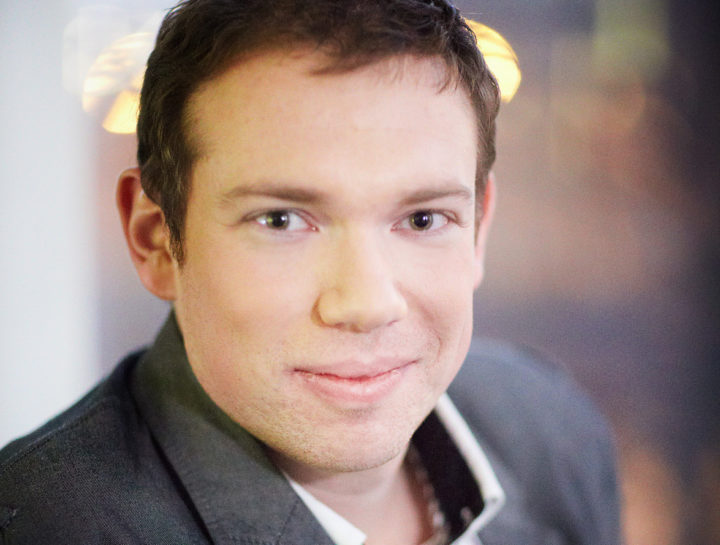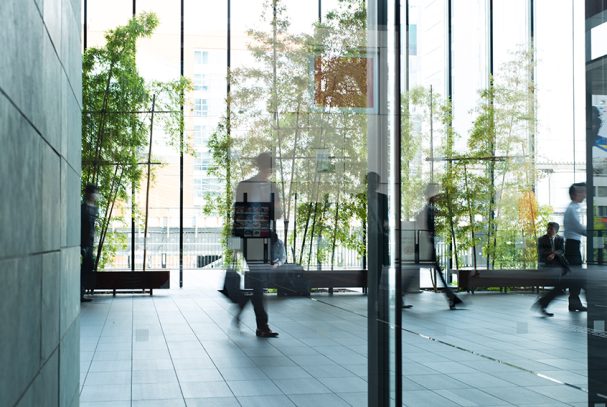“I came to Granlund with the support from EU student exchange program Erasmus+, which not only supports the mobility of students between universities, but it also allows students to have a training in a company of their field,” says Davor.
This is how he describes the content of his thesis:
Topic of the thesis was based on an EU Horizon 2020 project NewTREND, in which Granlund participates. Thesis is based on Building Information Modelling (BIM) approach with the use of building energy simulations (BES) for the purpose of building retrofit feasibility and selection of optimal building retrofit solution. Idea was to perform the energy analysis of the building from the beginning of a retrofit project (using simple model), to support the data collection and enable an early insight into cost effectiveness and possible energy savings.
After detailed information about the building was collected, more accurate energy simulations could be performed and optimal retrofit solution could be selected by the stakeholders. Decision would be based on different KPIs (Key Performance Indicator), such as energy consumption and life cost calculation (LCC). Throughout the process, information should be shared through the BIM server which would increase collaboration between different stakeholders.
In the work, data collection for the initial stage was found to be problematic and that it is important to create library containing common envelope elements and HVAC systems for various building ages. As expected, acquiring 3D geometry information was found as problematic and advanced data collections method were reviewed.
It was concluded that this method shows promise, but further work is still required. One of the possibilities could be extending this method to neighbourhood level. This would enable quick calculation of possible retrofit options for multiple buildings and selecting the building with highest retrofit potential for further analysis. Additionally a neighbourhood energy simulation could give information on potential exploitation of synergies between buildings, such as district heating, local energy generation and storage, heat island effect and more.
“Davor showed with his thesis that he is a good fit to Granlund’s talented and innovative team, so we hired him as a consultant in the Innovation and Development department,” says Tuomas Laine, the director of the department. Also the University of Zagreb awarded the thesis the best grade.




